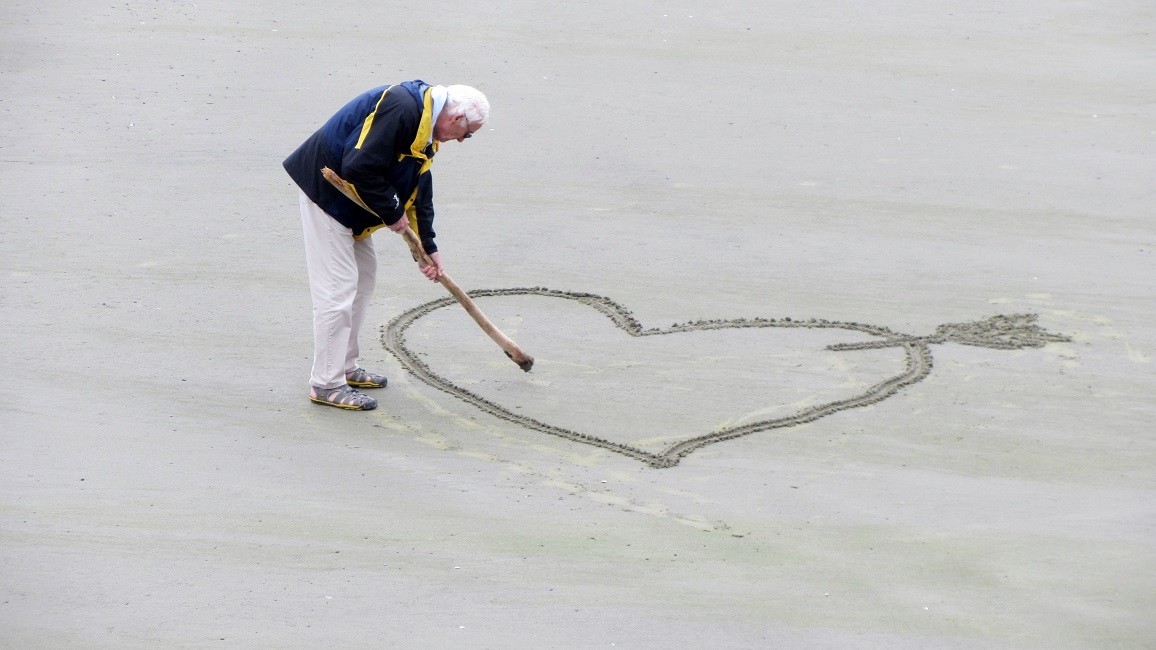In 2017, Estonians’ life expectancy at birth was 73.7 years for males and 82.3 years for females; in the last ten years, male life expectancy has risen by six and female life expectancy by 3.5 years, and as a result, the difference in male and female life expectancy has decreased, Statistics Estonia announced.
The lowest life expectancy since Estonia regained its independence was at the beginning of the 1990s: in 1994, male life expectancy was 60.2 and female life expectancy was 72.8 years. Since then, people’s health has improved, youth mortality related to accidents has decreased and life expectancy has increased.
The difference between male and female life expectancy is decreasing: in 1994, the difference was 12 years, ten years ago, it was over 10 years, and by 2017, it was 8.6 years, according to the statistics agency.
Compared with the average life expectancy in the European Union, people in Estonia live on average three years less, but this difference has diminished over the years. Compared with the European Union average, the female life expectancy in Estonia is 1.4 years shorter and the male life expectancy is five years shorter.
According to the 2016 data, in the European Union, the longest life expectancy for males was in Italy (81.0 years) and for females in Spain (86.3 years).
Men are more prone to taking risks
Estonia ranks 23rd in the European Union in terms of male life expectancy; it is shorter only in Lithuania and Latvia. As for female life expectancy, Estonia has a higher, 19th ranking, ahead of all the former Eastern Bloc countries. Bulgaria and Romania have the lowest female life expectancy indicators.
On average, in the European Union, the difference between male and female life expectancy is 5.4 years. The difference is smallest in the Netherlands (3.2 years) and greatest in Lithuania (10.6), Latvia (9.8) and Estonia (8.6). In Europe, such greater differences can only be found in the other former Soviet Union countries.
“Life expectancy depends on many factors, the most important of these being the environment, accessibility of healthcare services, living standard and health consciousness,” Statistics Estonia said. “The somewhat shorter male life expectancy is not surprising as men are more prone to risk-taking. The greater share of physically demanding jobs or those posing more risk to health is a likely factor. In Estonia, more people on average have blue-collar jobs and there are more blue-collar workers among men. This could be one explanation for the greater difference in male and female life expectancy.”
Life expectancy at birth is the average number of years that a new-born is expected to live if mortality indicators specific to the time period do not change.
I
Cover: Three Estonian ladies enjoying a spa treatment (the image is illustrative).


